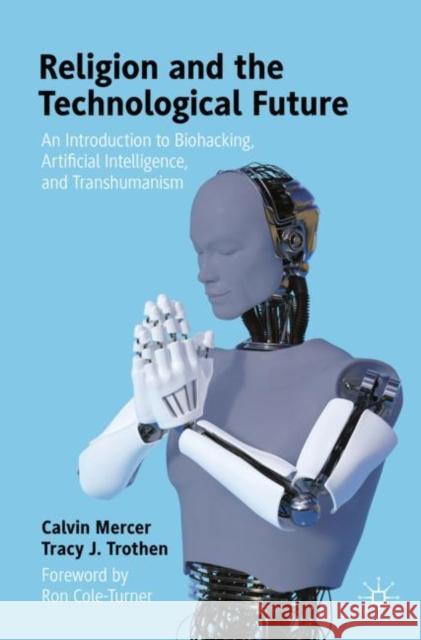Religion and the Technological Future: An Introduction to Biohacking, Artificial Intelligence, and Transhumanism » książka
topmenu
Religion and the Technological Future: An Introduction to Biohacking, Artificial Intelligence, and Transhumanism
ISBN-13: 9783030623586 / Angielski / Miękka / 2021 / 266 str.
Religion and the Technological Future: An Introduction to Biohacking, Artificial Intelligence, and Transhumanism
ISBN-13: 9783030623586 / Angielski / Miękka / 2021 / 266 str.
cena 241,50
(netto: 230,00 VAT: 5%)
Najniższa cena z 30 dni: 231,29
(netto: 230,00 VAT: 5%)
Najniższa cena z 30 dni: 231,29
Termin realizacji zamówienia:
ok. 22 dni roboczych.
ok. 22 dni roboczych.
Darmowa dostawa!
Kategorie:
Kategorie BISAC:
Wydawca:
Palgrave MacMillan
Język:
Angielski
ISBN-13:
9783030623586
Rok wydania:
2021
Wydanie:
2021
Ilość stron:
266
Waga:
0.40 kg
Wymiary:
23.39 x 15.6 x 1.52
Oprawa:
Miękka
Wolumenów:
01
Dodatkowe informacje:
Wydanie ilustrowane











